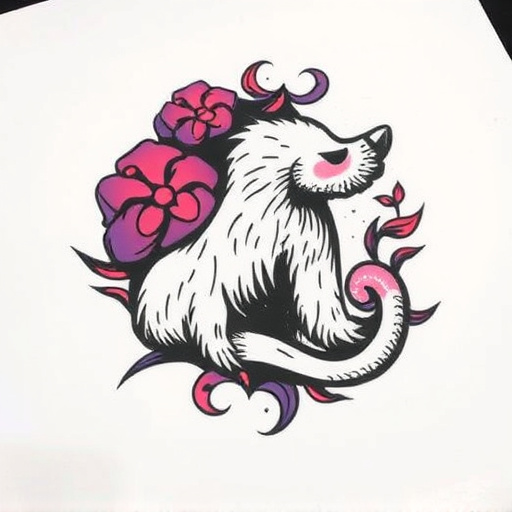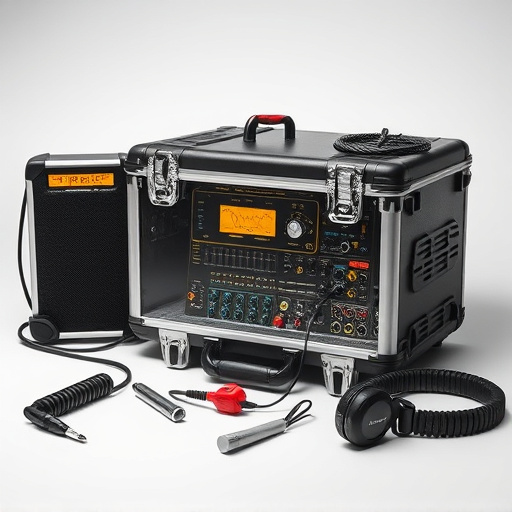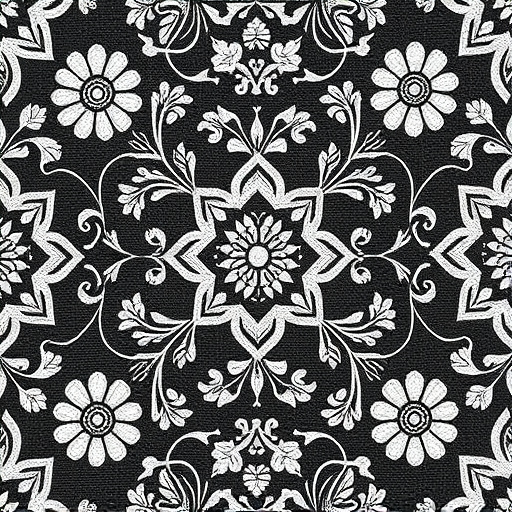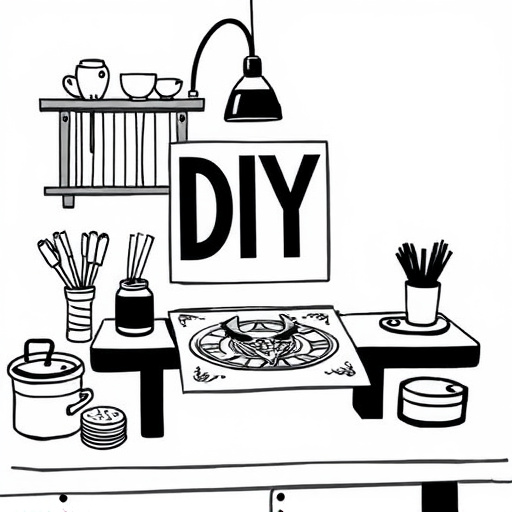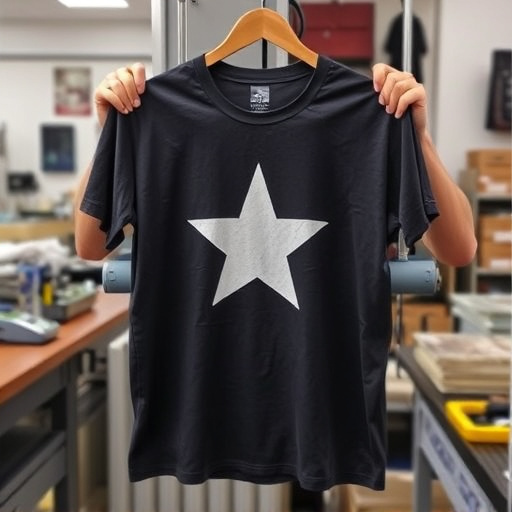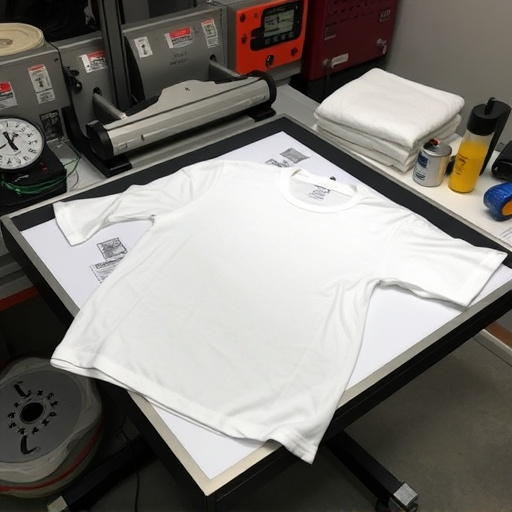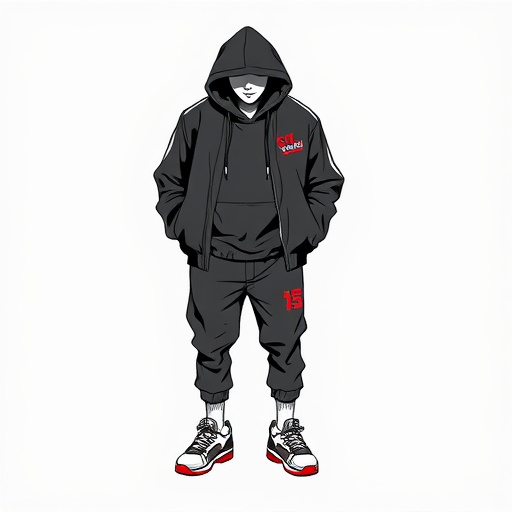Drop Shipping (DTF) bulk orders revolutionize apparel startups by enabling efficient scaling without significant upfront inventory investments. Using DTF technology, startups can offer vast custom designs on demand via heat-pressing sheets, streamlining production and personalizing products at scale. DTF printing enhances efficiency, precision, and quality control compared to traditional methods, providing vibrant colors on various fabrics for competitive pricing. Strategic practices include targeting audiences, collaborating with printers, creating detailed design specs, managing inventory systems, and adopting sustainable printing methods to meet consumer demand.
In today’s competitive fashion landscape, apparel startups are increasingly turning to Drop Shipping (DTF) as a game-changer for managing inventory and placing bulk orders. DTF allows brands to focus on design and marketing without the hassle of storing physical goods. This article explores how DTF bulk ordering streamlines operations, reduces financial risks, and enables startups to scale production efficiently. We’ll delve into the benefits, strategies, and best practices to help apparel entrepreneurs navigate this powerful tool successfully.
- Understanding DTF (Drop Shipping) and its Role in Apparel Startups
- Benefits of Using DTF for Bulk Orders in the Apparel Industry
- Strategies and Best Practices for Effective DTF Bulk Ordering
Understanding DTF (Drop Shipping) and its Role in Apparel Startups
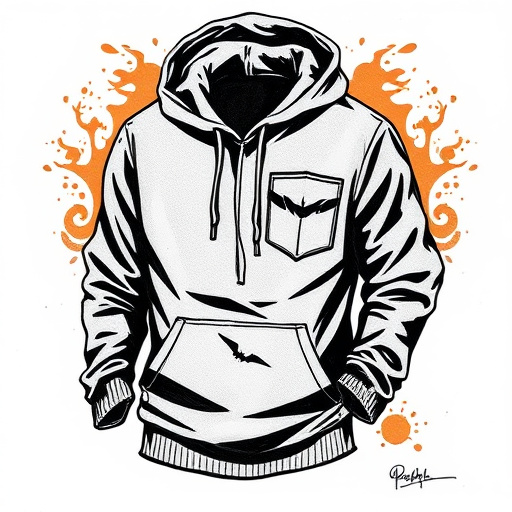
Drop Shipping (DTF) has emerged as a game-changer for apparel startups looking to scale their businesses efficiently. By employing DTF bulk orders, these young enterprises can offer a wide range of custom designs on demand, without the need for large upfront investments in inventory or production facilities. This innovative approach streamlines the process, enabling startups to focus on creative design and marketing strategies while leaving logistics to specialized suppliers.
One key application of DTF in apparel is seen in the creation of custom sheets for heat pressing designs onto garments, like hoodies. This allows entrepreneurs to offer unique, personalized products without the hassle of printing in-house. Additionally, DTF printing has revolutionized the way startups cater to diverse customer preferences, making it easier than ever to produce and deliver trendy, one-of-a-kind fashion items at scale.
Benefits of Using DTF for Bulk Orders in the Apparel Industry
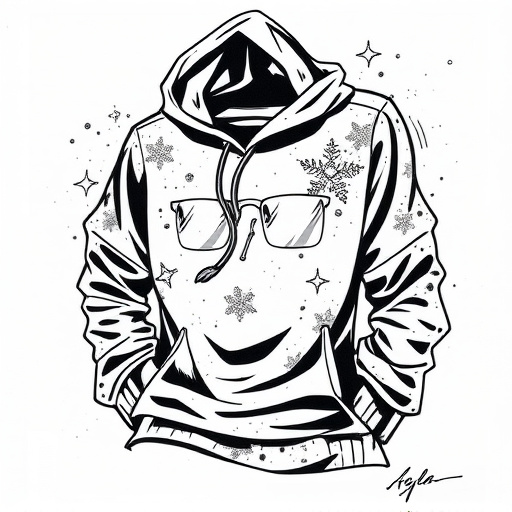
Using DTF (Direct to Fabric) for bulk orders offers significant advantages in the apparel industry. One of the key benefits is its efficiency; DTF printing allows for direct application of designs onto fabric, eliminating the need for intermediaries and streamlining the production process. This not only reduces lead times but also ensures a higher level of precision and quality control compared to traditional methods.
Additionally, DTF prints provide vibrant and long-lasting colors on a wide array of fabrics, making it an excellent choice for custom t-shirt production. It enables startups to offer diverse design options and cater to individual customer preferences with ease. Moreover, the flexibility of DTF technology allows for cost-effective bulk DFT shirt production, making it a viable solution for apparel startups looking to balance quality, speed, and affordability in their manufacturing process.
Strategies and Best Practices for Effective DTF Bulk Ordering
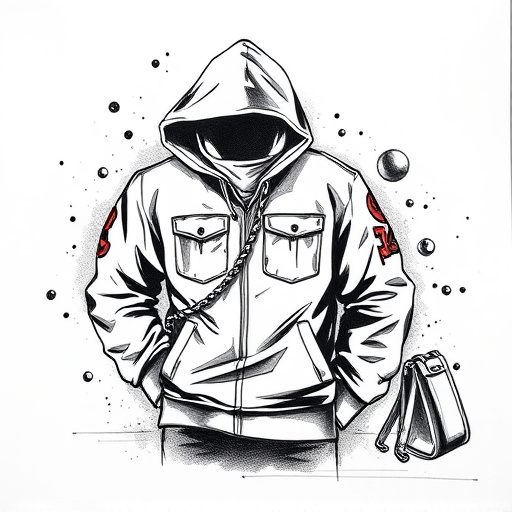
When placing DTF (Direct-to-Garment) bulk orders, apparel startups can maximize efficiency and quality by employing strategic practices. Firstly, define your target audience and garment styles to ensure the right inventory is ordered; this streamlines production and minimizes waste. Additionally, collaborate closely with reliable DTF printers who offer high-quality custom sheets for heat pressing designs onto garments. This ensures consistent printing precision and vibrant colors.
Best practices include creating detailed design specifications, providing clear print instructions, and requesting samples before bulk ordering to check quality. Timely communication is vital; keep the printer informed about any design revisions or changes in order quantity. Regularly update your inventory management system to track orders, ensuring smooth logistics and on-time delivery. Lastly, consider sustainable printing methods and eco-friendly materials whenever possible, aligning with consumer preferences for environmentally conscious products.
In conclusion, DTF bulk ordering has emerged as a powerful tool for apparel startups, offering numerous benefits such as reduced risk, cost-efficiency, and streamlined logistics. By leveraging drop shipping, startups can focus on design and marketing while their suppliers handle inventory and shipping. Implementing effective strategies, including thorough supplier vetting and efficient order management, ensures a successful DTF bulk ordering process. For apparel entrepreneurs, understanding and utilizing DTF is key to navigating the competitive market and achieving sustainable growth.
